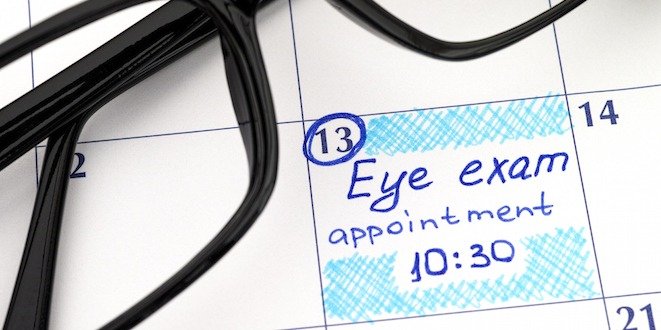
Think diabetes self-management is way too complicated for you? Think again! Just follow the four vital steps to manage diabetes outlined in this article to get – and stay – on top of it!
Step 1 – Get educated!
The first vital step in diabetes self-management is to learn more about what diabetes is, and understand how to keep it under control.
The easiest and most effective way to pick up this information is to check in with your diabetes healthcare team. They may refer you to a diabetes education centre. These centres are staffed by certified diabetes educators and experienced volunteers. The centres can be found in communities across Canada, and provide a valuable hub of learning, support and camaraderie for individuals with diabetes and their family members or friends.
Most diabetes education centres offer training groups or classes and many can also provide referrals to one-on-one expert guidance in areas like diet, physical activity, and emotional support together with financial counseling related to funding for diabetes supplies and medications, etc. Ask your health care professional to refer you to the closest diabetes education centre.
If you don’t have access to a diabetes education centre, there are many online resources to help guide you. It is important to make sure you are following a reliable site, and one that reflects the guidelines for the country where you are living, such as this one – Diabetes Care Community.
Understanding your condition is crucial. Stay informed about the latest treatments, technologies (such as continuous glucose monitoring), and management strategies. Learning how diabetes affects your body can empower you to make better lifestyle choices and manage your condition effectively.
Step 2 – Follow your diabetes ABCDESSS
Talk to your doctor about the ABCDESS to reduce your risk of diabetes complications like heart disease and stroke. For additional tips and helpful articles, check out the Diabetes management section of this site.
These are the ABCDESSS:
A stands for A1C. Keep up to date with A1C tests and aim for an A1C of less than or equal to 7%, or for the target level set by your healthcare provider.
B stands for Blood pressure. Aim to keep your blood pressure less than the optimal level of 130/80 mmHg.
C stands for Cholesterol. Target an LDL cholesterol level of below 2.0 mmol/L to reduce the risk of heart disease.
D stands for Drugs, including not only those prescribed for your diabetes, but also those for blood pressure or cholesterol-lowering, which help protect the heart.
E stands for Exercise and Eating. Establish and follow a healthy lifestyle program of healthy eating and regular physical activity.
S stands for Self-Management Support which you will find right here at Diabetes Care Community. Check out our Self-Management Resources section.
S stands for Screening. Get regular screenings for complications like eye, kidney, and foot problems.
S stands for Smoking cessation. If you smoke, get help to quit!
Step 3 – Follow everyday guidelines for healthy living with diabetes
Diabetes is a challenging disease that can sometimes seem overwhelming. But by following a few simple everyday guidelines, you can live a long and healthy life with the disease.
Get information and support on following a diabetes diet from a dietitian on your diabetes team and also from the articles and expert blogs on this site. Start by checking out our Diabetes Diet section. You can also visit our diabetes-friendly recipe section to help with your meal planning.
Regular physical activity is one of the most important habits for healthy living with diabetes. Again, talk to your diabetes team for local referrals and read the articles and tips in the physical activity section of this site.
Follow diabetes self-care guidelines on a regular basis. In addition to blood glucose monitoring, this means paying attention to things like foot care, oral and eye care and stress control, and following your medication schedule.
Step 4 – Get the recommended medical check-ups and tests
Arrange to see your primary health care professional regularly for a diabetes focused check-up. Each visit should include an A1C test, a check on your blood pressure, as well as a review of your blood sugar levels and self-management care plan.
In addition, you should be booked in for regular tests such as:
Every year:
- Cholesterol and other blood fat tests
- Urine and blood tests for kidney issues
- Foot exam
- Dental exam
Every 1-2 years:
- Dilated eye test for eye problems
Following these four steps will help ensure that you have long-term success in managing your diabetes in order to reduce complications and improve your quality of life.



